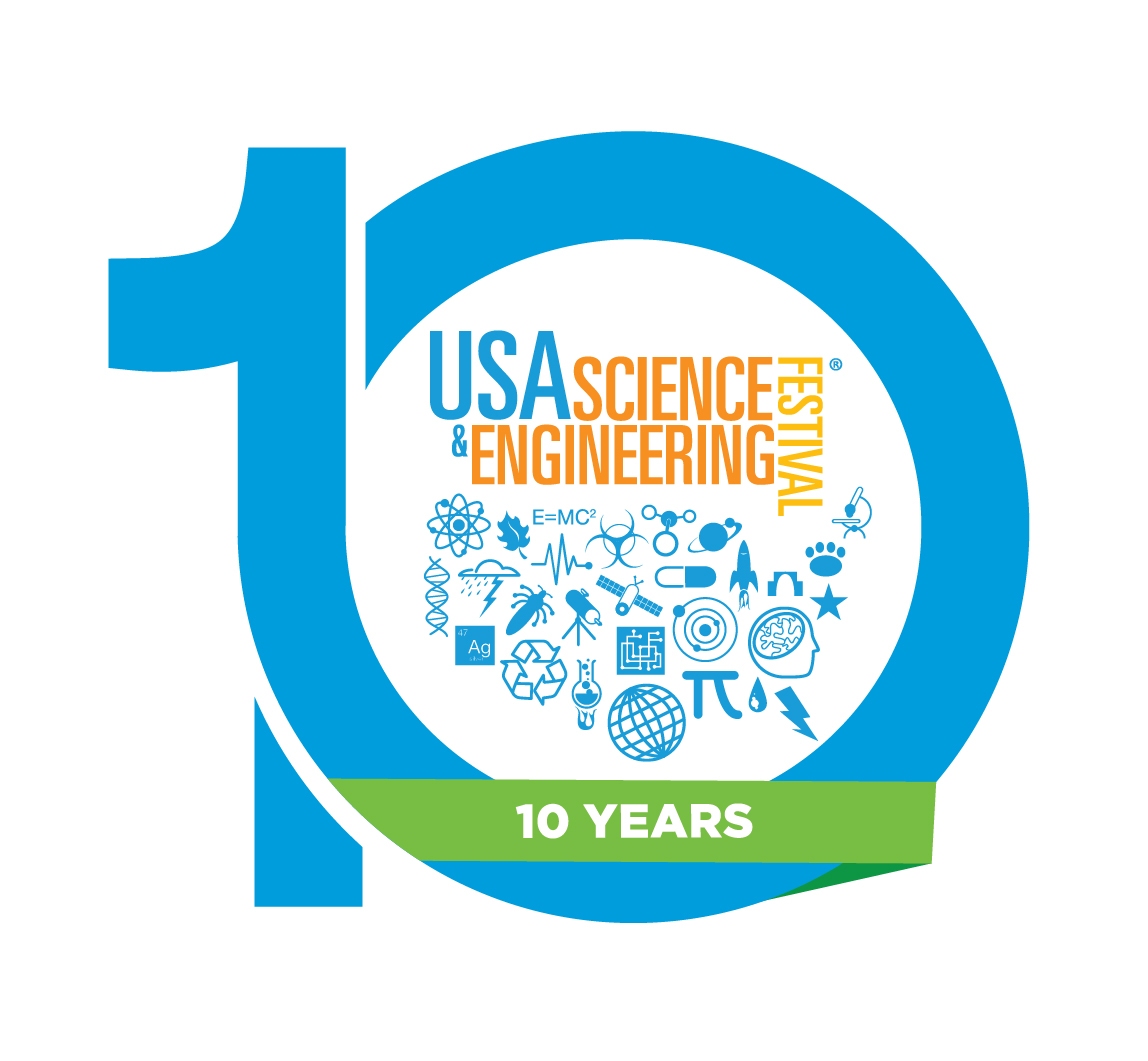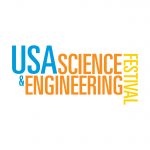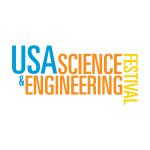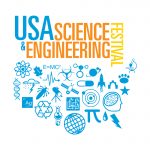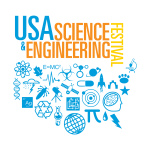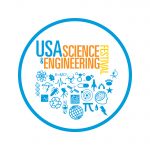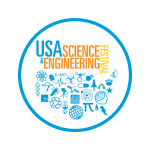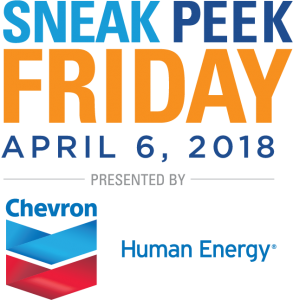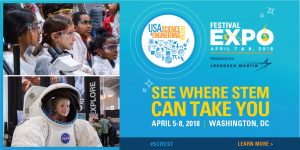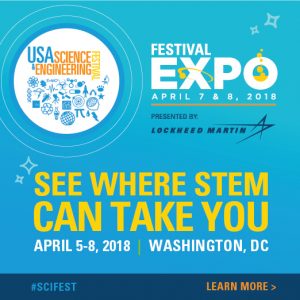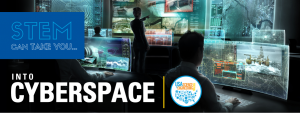Inside Lockheed Martin’s Innovation Labs
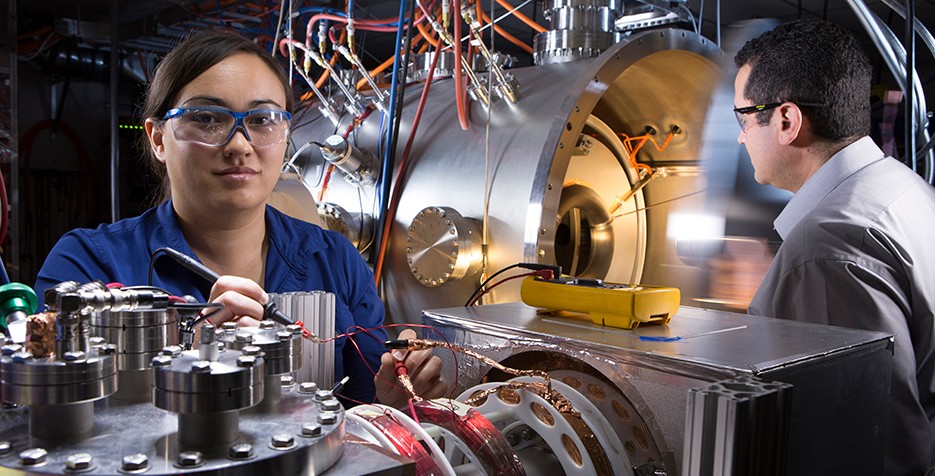
From jets that stealthily sneak past radars, to spacecraft that trek the solar system—at one point, each of these ground-breaking inventions was an idea in a lab.
So, what’s behind the doors of these innovation incubators? Lockheed Martin opened its doors to give a sneak peek into what its labs are cooking up.
Is That an Electron Gun?
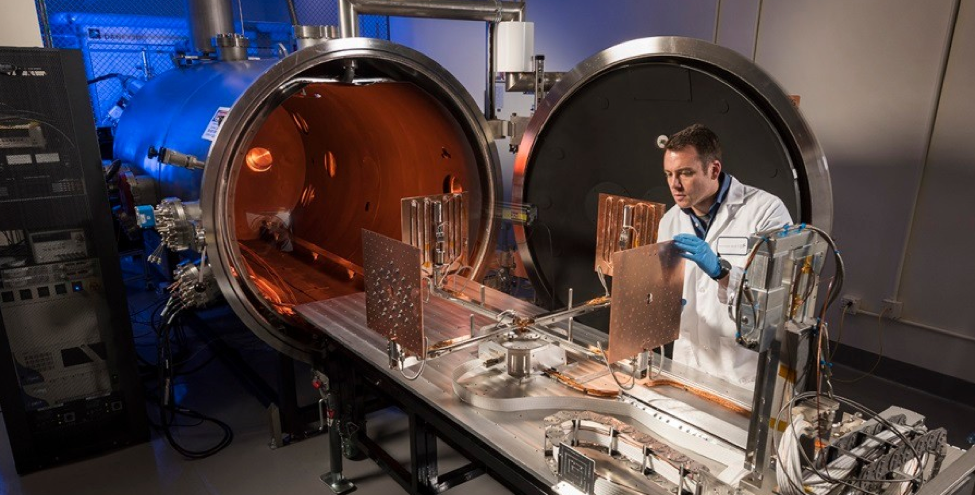
When people think innovation, they think Silicon Valley. Lockheed Martin was developing ground-breaking technology in Silicon Valley when the creators of social media companies hadn’t yet been born. Today, that innovation continues in a very big, and very small way.
Its Silicon Valley lab, the Advanced Technology Center, is outfitted with two of the world’s few atomic particle accelerators.
These accelerators are used to simulate harsh solar environments for testing sensitive space instruments that will ride aboard spacecraft headed for the farthest depths of the solar system.
To simulate the environment of the sun, the particle accelerator speeds protons to over 12 million miles per hour, or 2 percent the speed of light.
The lab is also home to an electron accelerator, which shoots electrons at 66 percent the speed of light, and the solar simulator, which delivers 2.5 suns-worth of light exposure. Other technology you will find have lofty names like UV arc lamps, electrostatic discharge equipment, reflectance measurement probes, and residual gas analyzer.
Communicating With Drones
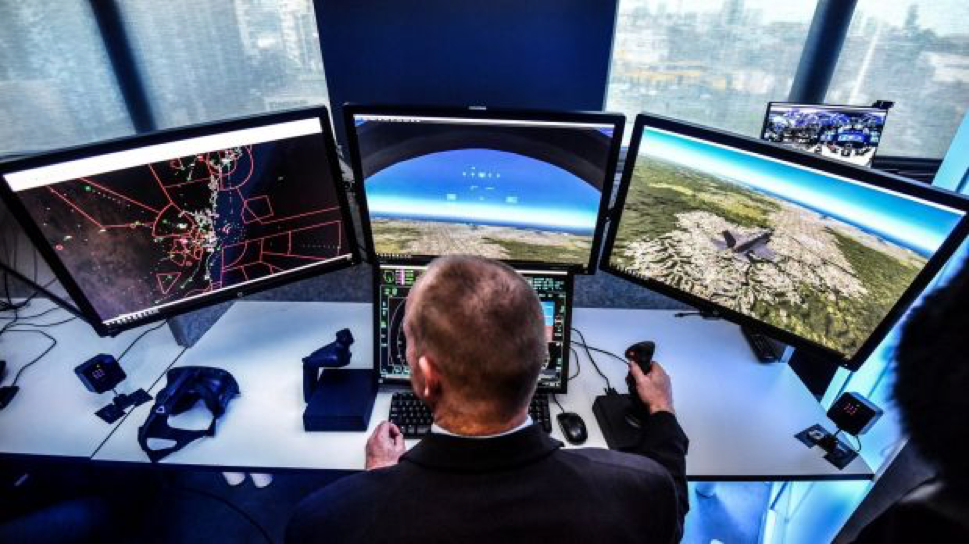
On the other side of the U.S., roughly 200 engineers and scientists at the company’s Advanced Technology Laboratories are working on robotics, spectrum systems, cognitive computing, autonomy, and material science—to name a few.
One current project looks at how operators communicate with unmanned aerial vehicles using a Theory of Mind approach. Theory of Mind determines the intent of another person by understanding their thought processes.
Computational Theory of Mind applies neuroscience and mental state models to help machines understand a human’s intent. Using this approach, an unmanned vehicle can understand its human leader’s objective—even when the two are unable to speak over normal communication channels.
When an operator is working with a team of unmanned aerial vehicles (UAVs), but neither can reach the other to communicate, the machines use Computational Theory of Mind to understand the operator’s objective. Working under the guidance of human intent, UAVs are able to safely complete their mission without real-time communication.
|
What’s Next: WindLab One of the most interesting things about wind is how little we actually know about it. In fact, we still can’t predict what any one gust will do as it ripples across the sky. To this end, Lockheed Martin engineers are working with academics and artists to develop a WindLab that will help us understand how we harvest wind energy in way that’s aesthetically beautiful. Imagine city skylines filled with micro-turbine panels that not only serve as a sustainable energy solution, but also function as an artistic display or communications center. This blend of functional art and science has the potential to transform the way we use wind energy around the world. |
Attendees of the 2018 USA Science & Engineering Festival will have the opportunity to see some of this technology and more at Lockheed Martin’s booth.

